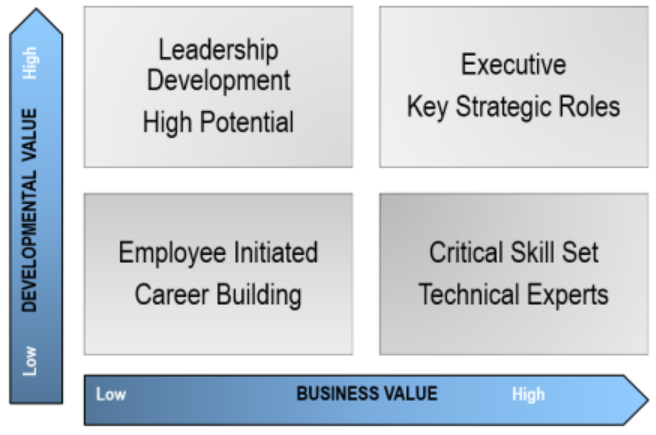
Over the past year, we’ve seen organizations consolidate their locations and adjust their long-term strategies at a higher rate than any other time in recent history. As these companies right-size their workforces and review their mobility needs to align with the company’s new direction, they will likely face shortages of employees with critical skills and put more focus on using their existing workforce to achieve their goals.
This makes right now a critical time for companies to look internally to expand their pool of mobile talent. Providing opportunities to reskill (or upskill) employees will bring value to the company and, at the same time, satiate employees who are increasingly looking to their employers for professional and personal opportunities.
In this new reality, smart companies are expanding their relocation programs to include not just moves the company considers necessary, but also requests for moves that come from employees. This makes sense, as it’s an easy way to address both the needs of the company and acknowledge dedicated employees who want to try out a new location. In fact, according to a recent PwC study, 71% of companies indicate that these “volunteers” make up a quarter of their mobile population.
In my experience working with companies in the design of their mobility programs, however, the majority don’t have a formal policy for these “hand raisers.” And companies that simply blanket volunteer moves under the same policies as company-requested moves are missing an opportunity.
A better way to assess each move and the types of benefits offered is using a talent deployment framework similar to the 4-box model pictured below, which considers both the value to the business and the development value to the individual. Employee-initiated relocation tends to fall into the bottom left quadrant.

You can see in this model that an employee motivated to move for the company doesn’t require a robust package; in fact, it’s common for companies to offer these employees limited benefits such as household goods and travel, along with compliance-related assistance (if the move is international). They may also add on services that ensure the success of the move and reflect the employee’s willingness to stay with their employer, such as area orientation and rental finding services.
Providing mobility support to employees who raise their hands or relocations and global assignments can pay dividends. The company retains motivated and engaged talent, and identifies future leadership, while employees feel good about a manager/employer who demonstrates willingness to foster their career and personal choice.